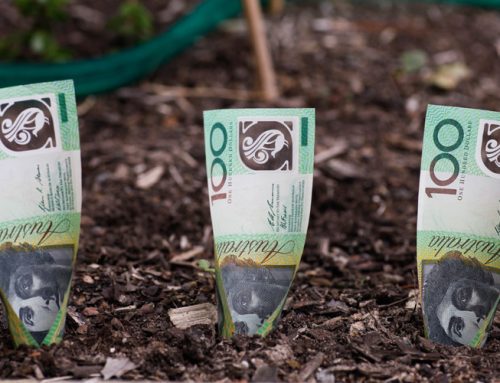Despite the volatility that we have experienced in the market over the past week, it is important to put the market performance in perspective. To do so, it is important to consider the following:
- The ASX 200 index was at 4,802.60 points at 30 June 2013
- At the end of January 2014 the ASX 200 index was at 5,190 points
- In September 2014 the ASX 200 index was trading at 5,292.80
- By the end of February 2015 the ASX 200 index has reached 5,928.8 points
- The ASX 200 index closed at 5,699.20 at the end of July 2015 and almost 4 weeks later it is now 5,001.3 points
Why the sudden decline in the ASX 200 and global markets? All the experts are suggesting the following reasons:
- The devaluation of the Yuan Renminbi by the Chinese Government
- Suggestion that the Chinese Government does not know what it is doing economically and making ad hoc policy decisions
- Belief that the Chinese economy has slowed more than experts had anticipated
- Fall in global commodity pricing as this hurts all exporters. Oil being around the $US40 per barrel is just one example when 12 months ago the price of oil was $US100 per barrel. [Note: Oil last fell to these levels in 2009]
- Strength of the $US has the ability to hurt not only the US but also emerging market economies
We are in the midst of the reporting season in Australia and most companies that have reported to date have pretty much been in line with expectation and guidance provided by the companies. While very few companies are prepared to provide guidance for their 2016 profit expectation, you have to ask the question – What has changed with the companies that I am invested in? The answer is very little. The banks are raising capital to comply with the new prudential requirements imposed by APRA, Wesfarmers continues to perform well under good management, Woolworths are going through a few changes in management and sorting out what to do with the Masters stores, Telstra continues to operate and maintain market share (in a growing telecommunication market), Seven West Media has just locked in the AFL rights for another period (and raised capital in May at $1.25 per share) and AMP is seeing net inflows of funds under management. All of these stocks are also paying consistent dividends and are yielding over 5%. With the latest corrections, some yields are approaching closer to 6%. In addition, many companies are paying fully franked dividends which can add up to a further 2.57% to the after tax yield meaning that the total after tax income return is now approaching upwards of 8.57% for many of these companies.
The energy and mining stocks have suffered the greatest losses and this is due to the fall in oil prices over the past 12 months from $US100 per barrel to now just $US 40 per barrel. When oil was experiencing the fall from $US100 to $US 50 in the second half of last calendar year the ASX 200 index got down to 5,313.3 points at the end of November 2014. With oil prices hovering between $US45 to $US60 per barrel since then the market still rallied. Up until a week ago the fall in commodity prices has been said by experts to be due to an over-supply rather than a lack of demand. However, as of the last couple of days the experts are now saying that the slowing of growth in China will lead to a fall in demand. Does anyone really know what is happening in China?
We understand that with the falling oil price companies including BHP, Woodside, Origin Energy, Oil Search and Santos will come off in value. However, if you believe that the price fall is only temporary then you would not sell at these low levels but rather you would hold at these levels because the oil and gas assets that these companies have are not going anywhere. They have good assets and goods reserves. If the world wants a cleaner energy source than fossil fuels then companies such as the ones mentioned will benefit from their gas reserves in the future. If you subscribe to the theory that the demand will rise as global GDP rises, then it really becomes a pricing issue and a timing issue.
We cast our minds back to the GFC and the fact that global markets lost approximately 53% of their value. While this was an unnerving experience, those that remained in the market recovered positions while those who panicked and sold crystallised their losses and then missed out on the recovery. Will the markets fall further? There is a possibility that they will fall further. The alternative (and we think most likely scenario) is that canny long term investors will see this as an opportunity to buy and we will see a levelling out and rebound in the share markets that may see some of the lost ground recovered in the short term.
Overnight the US market lost 588 points which was a 3.57% decline. The question is did Australia yesterday follow the US fall on Friday or did the US follow our market falls overnight. We believe that the Australian markets would follow the US markets and we therefore expect that prices may comes off again today. Will we lose another 3%? Given that the fundamentals within the companies we are investing in have not changed, logic would suggest that our market may fall but a another fall of 3% would not be justified. However, as the share markets are driven more by fear and greed, fear becomes the greatest motivating factor in a bear market. With this in mind, then it is possible that we will see the market come off again today and possibly for a few more days depending upon overseas action and local appetite for bargains.
Should you have any queries, please do not hesitate to contact our office to discuss further.




